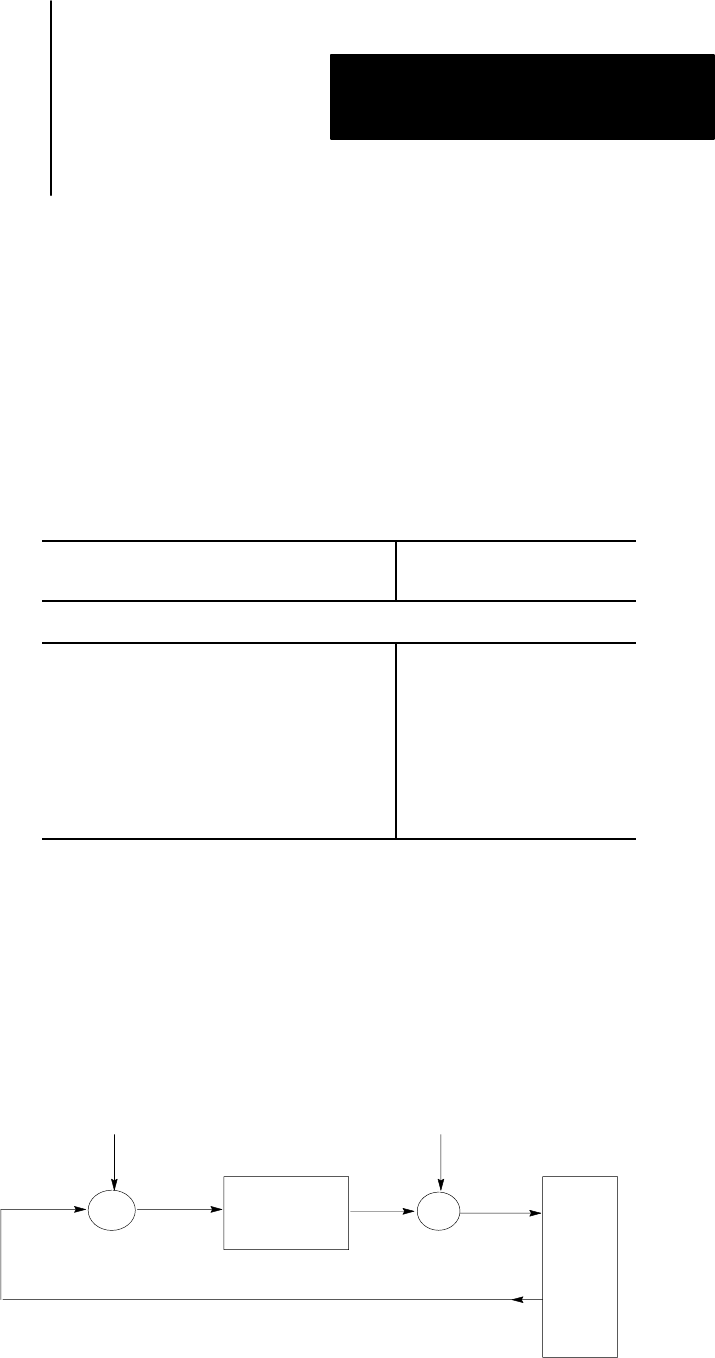User Manual Owner's manual
Table Of Contents
- 1772-6.5.8, Mini-PLC-2/02, -2/16, -2/17 Processor, User Manual
- Important User Information
- Summary of Changes
- Table of Contents
- 1 - Using This Manual
- 2 - Fundamentals of a Programmable Controller
- 3 - Hardware Features
- 4 - Installing Your Programmable Controller
- 5 - Starting Your Processor
- 6 - Maintaining and Troubleshooting Your Processor
- 7 - Memory Organization
- 8 - Scan Theory
- 9 - Relay-Like Instructions
- 10 - Program Control Instructions
- 11 - Timers and Counters
- 12 - Data Manipulation and Compare Instructions
- 13 - Three-Digit Math Instructions
- 14 - EAF Math Instructions
- 15 - EAF Log, Trig, and FIFO Instructions
- 16 - EAF Process Control Instructions
- 17 - Jump Instructions and Subroutines
- 18 - Block Transfer
- 19 - Data Transfer Instructions
- 20 - Bit Shift Registers
- 21 - Sequencers
- 22 - Selectable Timer Interrupts
- 23 - Report Generation
- 24 - Program Editing
- 25 - Programming Techniques
- 26 - Program Troubleshooting
- A - Specifications
- B - Processor Comparison Chart
- C - Number Systems
- D - Glossary
- E - Quick Reference
- Index
- Back Cover

Chapter
16
16-1
EAF Process Control Instructions
This chapter describes the EAF Process Control instructions, which are a
feature of the Mini-PLC-2/17 processor only.
Table 16.A
EAF Function Numbers
If you want to perform
an operation of this type
Use this
function number
Only the MiniPLC2/17 can perform these functions
PID
Averaging
Standard Deviation
Set Clock
Set Date
Set Leap Year and Day of the Week
Read Clock
Read Date
Read Leap Year and Day of the Week
(06)
(07)
(27)
(10)
(11)
(12)
(15)
(16)
(17)
The PID EAF instruction lets the Mini-PLC-2/17 processor control
regulating process loops for such quantities as pressure, temperature, flow
rate, or fluid level (Figure 16.1). You configure your PID control
instructions by selecting the desired features.
Figure 16.1
Closed
Loop Control
PV
SP
E
PID
Equation
FFWD
or
Bias
P
r
o
c
e
s
s
10371-I
ΣΣ
Chapter Objectives
PID Control










